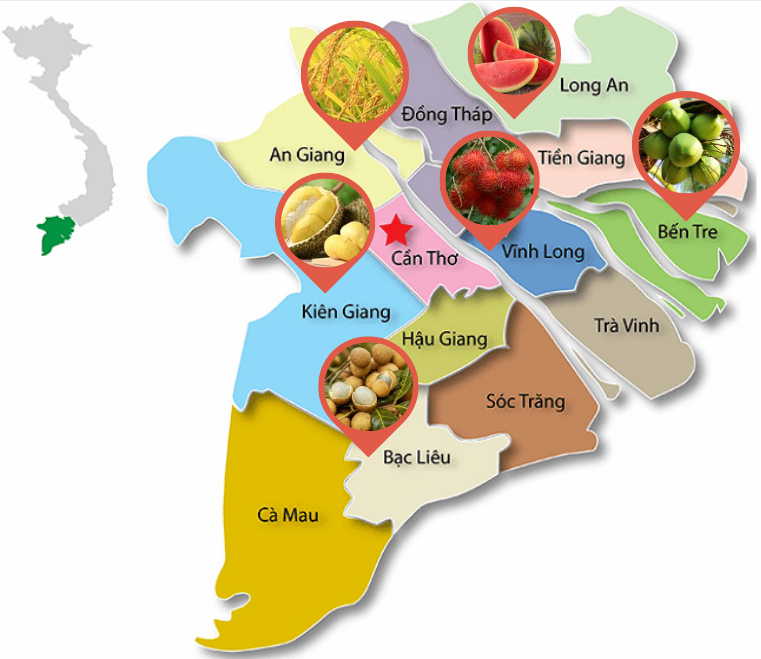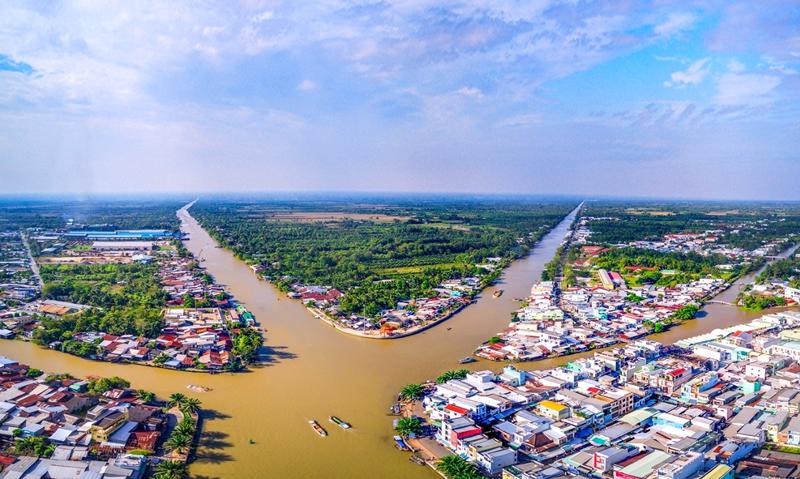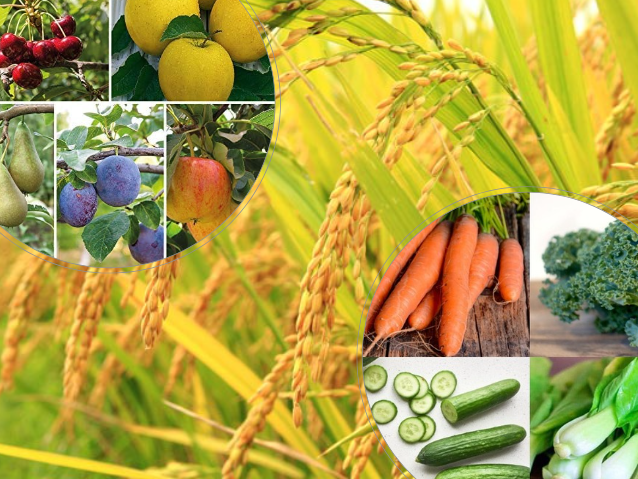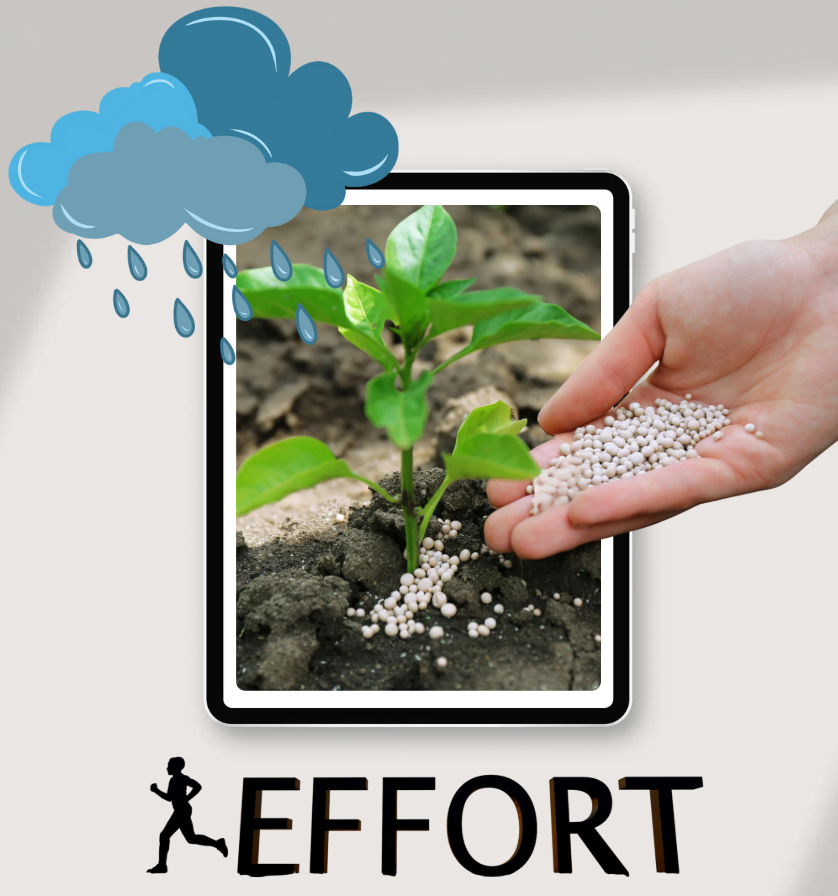
What Crops Dominate the Mekong Delta Region?
Discover the dominant crop types in the Mekong Delta – Vietnam’s agricultural powerhouse with a favorable tropical climate and diverse soil conditions that support rice, fruit trees, and integrated farming systems.
Table of Contents
- Overview of Natural Conditions in the Mekong Delta
- Key Dominant Crop Groups Today
- Why These Crops Are Superior
- Trends in Crop Conversion Amid Climate Change
- Conclusion
1. Overview of Natural Conditions in the Mekong Delta

The Mekong Delta is Vietnam’s largest agricultural region, contributing:
- Over 50% of national rice output
- Around 70% of tropical fruit production
- Nearly 60% of aquaculture yield
Key characteristics:
- ☀️ Tropical monsoon climate – plenty of sunshine and rainfall
- 🌊 Dense river and canal systems, with both freshwater and saline areas
- 🌾 Soil types: Alluvial, acidic (alum), and saline soils
➡️ These natural conditions give certain crops a distinct advantage.
2. Key Dominant Crop Groups Today

🌾 Rice (Paddy Fields)
- Most widely cultivated crop, covering ~3.8 to 4 million hectares/year
- Major rice-growing provinces: An Giang, Dong Thap, Kien Giang, Long An
- Popular varieties: OM5451, ST24, ST25, OM18, etc.
🍊 Fruit Trees
The Mekong Delta is known as Vietnam’s fruit basket, with over 400,000 hectares under cultivation.
Key dominant fruit crops include:
- Mango (Cao Lanh, Cai Be, Cho Moi)
- Green-skinned pomelo (Ben Tre, Vinh Long)
- Durian Ri6, Dona (Tien Giang, Can Tho)
- Sweet and seedless oranges (Hau Giang, Tra Vinh)
- Rambutan, longan, star apple (Vinh Long, Soc Trang)
🥬 Short-cycle Vegetables
Often grown in rotation with rice or intercropped in orchards.
Popular types include: cucumber, okra, mustard greens, scallions, tomatoes, watermelon, and more.
3. Why These Crops Are Superior
|
Factor |
Why They Have an Advantage |
|
✅ Climate |
Suits short-cycle, tropical crops all year round |
|
✅ Water access |
Abundant irrigation via the Mekong river & canals |
|
✅ Market demand |
Strong local and export markets (rice, fruits, fish) |
|
✅ Farmer expertise |
Long-standing agricultural experience in the region |
|
✅ Government support |
Programs like OCOP, regional linkage policies, export promotion to China & EU |
4. Trends in Crop Conversion Amid Climate Change

Climate change, salinity intrusion, and land subsidence are prompting crop restructuring in parts of the region:
- 🌴 From rice to coconut, pineapple, lotus, especially in saline and acidic soils
- 🌱 Intercropping coconut–cacao, rice–shrimp, or rice–fish in brackish areas
- 🍉 Organic vegetables, watermelon, pumpkin, soybean sprouts in flood-prone areas
- 🌾 Expansion of salt-tolerant, short-cycle, high-quality rice varieties
📌 Recommendation: Farmers should adopt diversified and circular farming models, choosing varieties suitable for their soil and water conditions.
5. Conclusion
Rice, tropical fruit trees, and short-cycle vegetables are the dominant crops in the Mekong Delta, thanks to favorable climate, soil types, and water systems.
In the face of new challenges, strategic crop conversion based on ecological zones and market trends will help farmers adapt effectively, reduce risks, and increase sustainable income.
Bình luận
Những bình luận mới nhất



